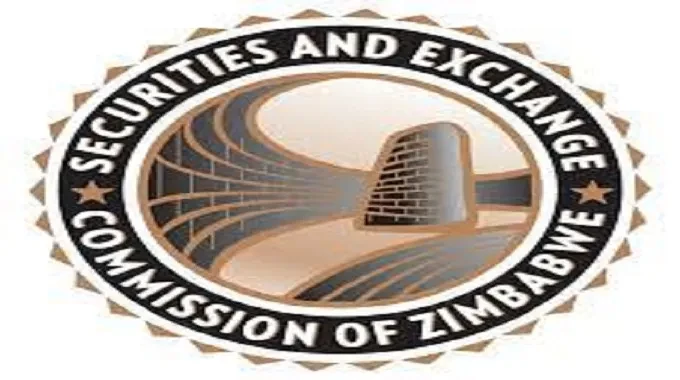
THE Securities and Exchange Commission of Zimbabwe (SecZim) plans to reduce the capital requirements for securities market intermediaries (SMIs) to make them efficient and profitable.
SMIs are entities that facilitate trading and investment activities between buyers and sellers in financial markets, examples of which are stockbrokers and asset managers.
Under the law, SMIs are required to have a set standard of capital to ensure the viability of the firm to represent clients.
For asset managers, SMIs must set aside 13 weeks of their reported quarterly operational expenditure, or US$150 000 or its local currency equivalent. For stroke brokers, it is US$75 000 or the local currency equivalent.
However, due to the rapid depreciation of the local currency that fell by over 90% last year, and 95% year to date, small-to-medium SMIs are failing to keep up with the current capital requirements.
“This operational risk calculation rule was noted internally to have impacted negatively on most small to medium SMIs, especially those strategically set up as a low-cost entity and technologically driven to maximise on efficiency, productivity and high returns for the benefit of shareholders and investors,” SecZim prudential supervision and surveillance officer George Nhepera said at a symposium hosted by the commission.
“They could be a need to review such amounts for 13 weeks so as to reduce funds set aside for operational risk apart from cost cutting measures to be deployed at various entities.”
The proposed changes would require portfolio and collective investment scheme (CIS) asset managers to have 13 weeks of operational expenditure or US$50 000 or its local currency equivalent.
- Tough rules for capital markets key in containing inflation, says Seczim
- SecZim okays new rules on trading contracts
- Regulator feels IPO drought sting
- SecZim shakes up capital markets
Keep Reading
Separately, it is proposed that both portfolio and CIS asset managers will require US$40 000 and US$30 000, respectively, from US$150 000 apiece, or 13 weeks of operational expenditure.
For stockbrokers, the proposal is to reduce the capital requirement to US$30 000, from US$75 000, or 13 weeks of operational expenditure.
Nhepera said the predominant objective of any of the proposed reforms would be to align the current capital adequacy directive issued in 2017, with the current macroeconomic operating environment.
Nhepera indicated that the proposal will not sacrifice “the ultimate goal of creating robust financial institutions that are fully capitalised and resilient in an environment which is increasingly becoming risk, uncertain and competitive”.
According to SecZim, while the failure of a SMI could be triggered by many events, locally, there are three main reasons why this occurs.
These are a stock broking firm or asset manager becoming technically insolvent by making inadequate provision for working capital or a major counterpart such as a debtor owning substantial receivables.
The third event is experiencing failure due to substantial losses on its securities positions book.
Hence, SecZim designed capital requirement to embrace risks from these different events.
SECZ compliance and risk manager Tariro Musikavanhu said failure to meet the capital requirements by the securities commission would have serious consequences.
“Failing to meet capital requirements can damage the intermediary’s reputation in the market ... leading to a loss of trust and credibility. Reputational damage can have long-term consequences, affecting business relationships, client acquisition, and the intermediary’s ability to attract investments,” she said.
“Non-compliant intermediaries may encounter difficulties in accessing market opportunities, such as participating in certain transactions, or attracting institutional investors. Market participants may be hesitant to engage with intermediaries that have a history of non-compliance, limiting growth and revenue potential.”
When an SMI becomes undercapitalised, the commission may appoint an external auditor or any other competent persons at the SMI’s cost, to verify the SMI’s capital shortfalls when they are detected or suspected, she added.







